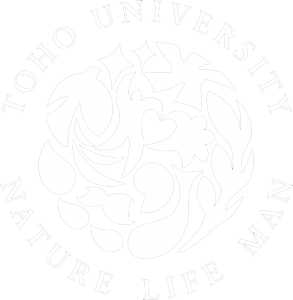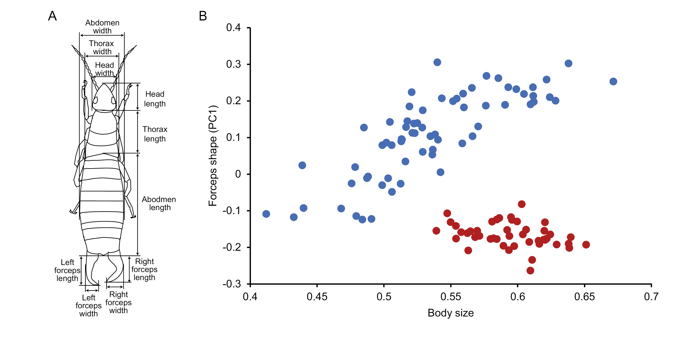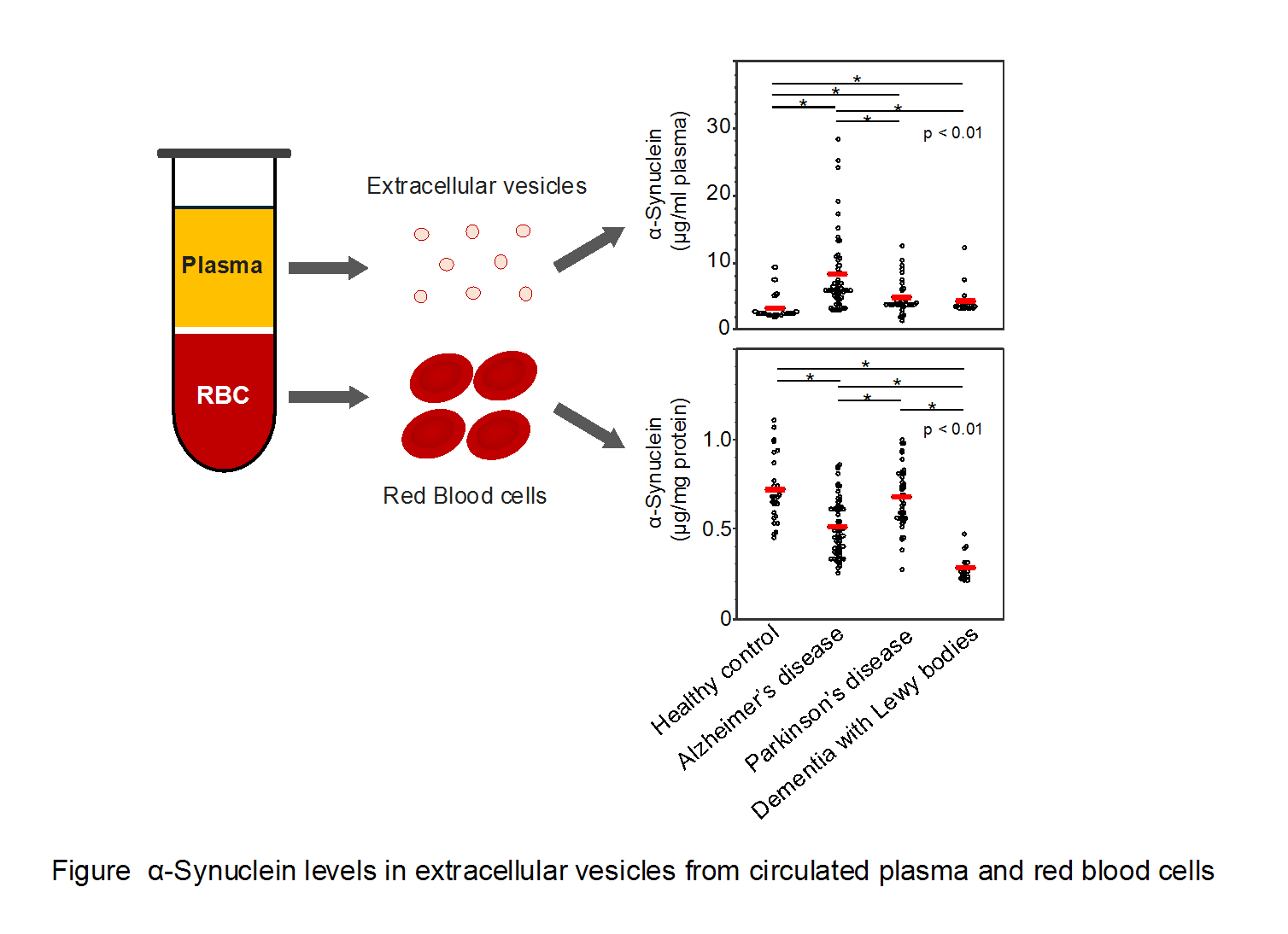May 27, 2021
Beautiful snails endemic to the Ryukyu Islands threatened with extinction Parasitic mites confirmed from two species
Two endangered snail species endemic to the Ryukyu Archipelago have been found to be naturally infected with the parasitic mite Riccardoella reaumuri, according to research conducted by Tsukasa Waki, Lecturer at Toho University, Faculty of Science, Yuichi Kameda, Special Researcher at the National Museum of Nature and Science, Takahiro Hirano, Assistant Professor at Tohoku University, and Satoshi Shimano, Professor at Hosei University. The paper was published in the Biological Magazine Okinawa in March.
We had a chance to hear about Dr. Waki’s research. The outline of his research is as follows.
We had a chance to hear about Dr. Waki’s research. The outline of his research is as follows.


Satsuma eucosmia eucosmia

Snail mites of genus Riccardoella are parasites of land snails and slugs. Waki et al. (2018) found the snail mite Riccardoella reaumuri on the land snail Satsuma mercatoria inhabiting on the ground in Okinawa and reported for the first time in Japan. Subsequent surveys have shown that this mite species is distributed throughout Japan up to Hokkaido (Waki et al., 2019, etc.). Waki and his colleagues thought that snails were infected in the soil, as the mite has been found on terrestrial snails that inhabit on the ground and/or burrow underground during hibernation; however, the mite has also been found in arboreal Satsuma snails which live on trees throughout their lives in the present study, indicating that horizontal infection of the mite can be occurred in dry conditions.
For questions, contact Dr. Tsukasa Waki
Faculty of Science, Toho University
at tsukasa.waki【@】sci.toho-u.ac.jp
Faculty of Science, Toho University
at tsukasa.waki【@】sci.toho-u.ac.jp
READ MORE RESEARCH NEWS - SCIENCE
ACADEMICS
Undergraduate Programs
– Medicine
– Pharmaceutical Sciences
– Science
– Nursing
– Health Science
Graduate Programs
–Medicine
–Pharmaceutical Sciences
–Science
–Nursing
Undergraduate Programs
– Medicine
– Pharmaceutical Sciences
– Science
– Nursing
– Health Science
Graduate Programs
–Medicine
–Pharmaceutical Sciences
–Science
–Nursing
RESEARCH
– News
– Guidelines & Policies
– Support Offices
– Facilities
– Security Export Control
Non-Degree Programs
– Clinical Elective Program
– International Physician Observership Program




